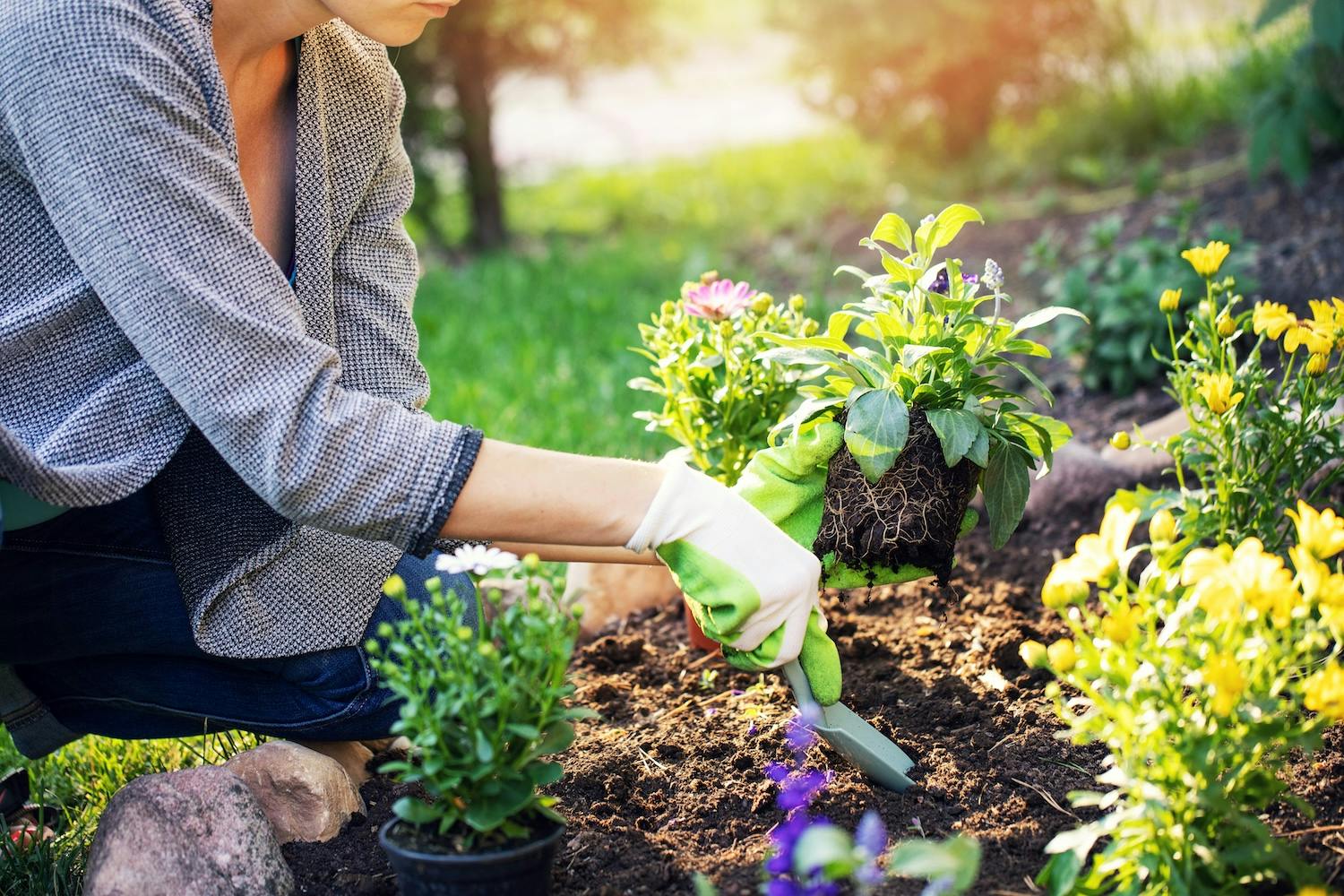- Blog
Gardening Smart: How to Prevent Joint Pain & Injuries
Posted on 12-12-2025 in Injury Prevention & Joint Care by Dr. Christopher Bookout, Dr. Alex Coleman, Dr. Steven Kronlage, Dr. James Piorkowski

Posted on 12-12-2025 in Injury Prevention & Joint Care by Dr. Christopher Bookout, Dr. Alex Coleman, Dr. Steven Kronlage, Dr. James Piorkowski
Springtime in North Florida is the perfect season for gardening, but hours spent planting, pruning, and digging can take a toll on your body. At North Florida Bone & Joint Specialists, we often see patients with gardening-related injuries affecting the hands, upper extremities, shoulders, and knees. Whether you're a weekend hobbyist or an avid green thumb, practicing proper ergonomics can help ensure you stay injury-free while you enjoy your time outdoors.
Common Gardening Injuries and Conditions
Gardening may seem like a low-impact activity, but the repetitive motion and awkward posture inherent to the activity can lead to a wide range of orthopedic issues. Common conditions and injuries include:
These injuries often develop gradually, making it essential to prioritize prevention before pain becomes persistent. If you are new to gardening, it's also crucial to ease yourself into the tasks and avoid doing too much at once.
Protecting Yourself While Gardening
Protecting your body starts with good habits and the right tools. Here are simple ergonomic practices that can make a big difference:
Hands and Upper Extremities:
Shoulders:
Knees:
When to See an Orthopaedic Specialist
If you're experiencing ongoing pain, swelling, or weakness in your hands or upper extremities, it may be time to consult one of our fellowship-trained orthopaedic hand surgeons, Dr. Alex Coleman, Dr. Steven Kronlage or Dr. James Piorkowski. For shoulder and knee issues, our board-certified general orthopaedic surgeon, Dr. Christopher Bookout, offers comprehensive evaluation and treatment for knee and shoulder pain and injuries.
Don't let gardening injuries keep you from doing what you love. Our team is here to provide expert care with a personalized approach to your orthopaedic needs.
Schedule an appointment today to learn how we can help you stay strong, active, and pain-free this gardening season.

September is Healthy Aging Month, an observance dedicated to promoting the positive aspects of growing older and encouraging proactive steps toward maintaining long-term health. In its 33rd year, Healthy Aging Month inspires adults of all ages to focus on lifestyle habits that support vitality, independence and overall well-being.

Musculoskeletal ultrasound imaging offers orthopaedic patients safe, painless, and real-time imaging, without any harmful ionizing radiation or the need for uncomfortable positioning. As the first sports medicine physician in the region to utilize ultrasound for diagnostic and therapeutic purposes, Dr. Josh Hackel’s commitment to innovation has improved the accessibility of care for his patients.

According to the American Academy of Orthopaedic Surgeons, approximately 2 million older Americans sustain fractures yearly due to weak bones. By 2025, that number is predicted to rise to 3 million fractures annually. At North Florida Bone & Joint Specialists, we recognize the importance of maintaining strong bones, particularly as you age. In honor of Healthy Aging Month, the following tips can help you maintain, and even improve, your bone strength: